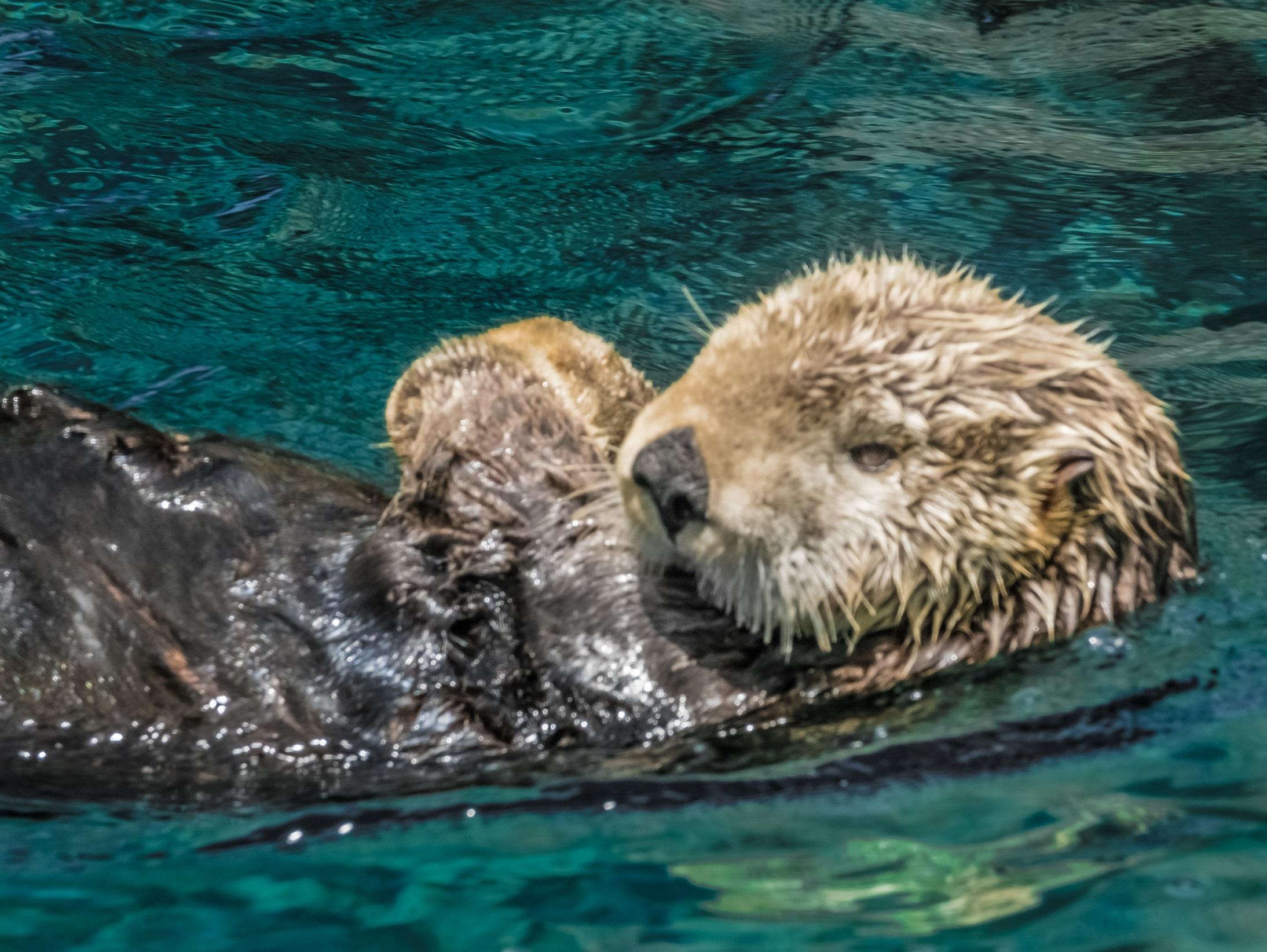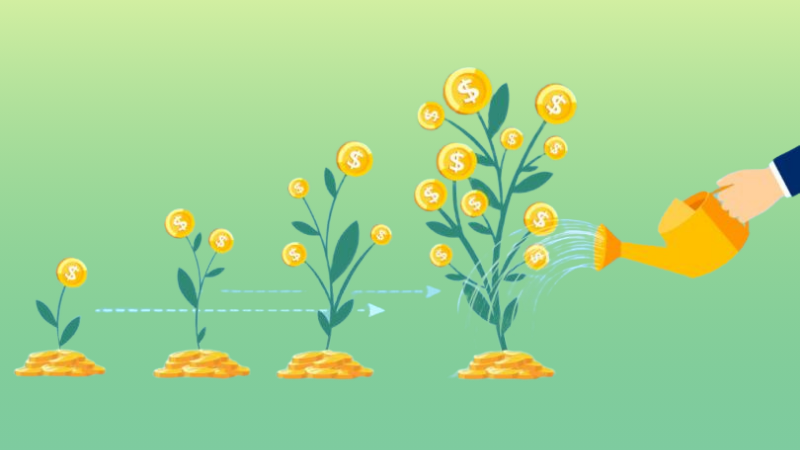Finding Your Rightful Role in the Corporate Ecosystem

Key Takeaways
- Understand the Keystone concept of survival
- Analyze and identify your greatest value
- Identify the optimal business ecosystem for your skill set
I have always been intrigued by the lessons of nature. Many of the most effective and successful product ideas we have are the result of nothing more than an individual noticing something in nature, copying it and turning it into an incredibly successful product. One of the most common everyday examples of this phenomena is Velcro.
A Swedish engineer by the name of George de Mestral was out on an afternoon hike with his dog. When they got home, George noticed the burrs that had clung to his pants and his dog’s fur. Curious as to why and how these burrs could seemingly attach to just about anything, he analyzed and studied their basic composition. He found that due to the repeating pattern of hooks within the burrs, they would almost automatically attach to anything with a hoop configuration. This observation led to his development of what we now know as Velcro.
Let’s take this basic idea one step further. A keystone is defined by most dictionaries as the central principle or part of a policy, system, etc. on which all else depends. A more detailed definition can be found in the Webster-Merriam dictionary as a keystone being a species of plant or animal that produces a major impact (as by predation) on its ecosystem and is considered essential to maintaining optimum ecosystem function or structure.
James Estes is an American ecologist and distinguished professor at University of California, Santa Cruz. His work studied the role of the predator/prey relationship between the sea otters and sea urchins and the effect that it has on the entire underwater ecosystem. The gist of his findings are this: The sea otter is considered a keystone within this ecosystem. If you remove the otter (keystone), the sea urchins will be left unchecked, their numbers will expand and they will literally devour the entire ecosystem, driving out nearly all other species both plant and animal.
In this scenario, the otter is the keystone because in its absence, the ecosystem will become unhinged and completely fall into ruin. It simply cannot perform at an optimal level without the otter; in fact it cannot survive.
I work a lot with early-stage entrepreneurs and start-up companies. As they go through the paces of trying to perfect their product idea, and thereby create a viable company, I stress to them that they must always be able to answer the following question with conviction: What does your product do better than anyone else’s on the planet? If it is not better than all other options, why would anyone buy it? If your product is not the best, potential customers will simply buy whatever other available option is better.
Now let’s turn our focus to you and your individual talent and skill set. When you take all things into consideration about yourself, answer the following questions: What’s one thing do I do better than anyone else? What innate ability do I possess that simply comes naturally to me? What things can I do with ease, practically in my sleep, and still perform better than anyone else on my team? What is my keystone?
What you want to determine is this: What group or business ecosystem would my natural talents make me the keystone? That one component that if removed would cause the entire ecosystem to fail? Answer this question, find that group, become that keystone — and you will flourish beyond your wildest expectations.
References
Identifying your greatest skill set
https://www.lifehack.org/articles/productivity/10-ways-identify-your-talents-and-utilize-them.html


